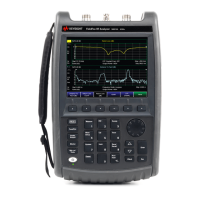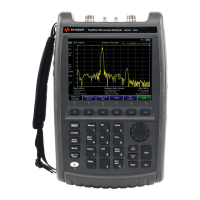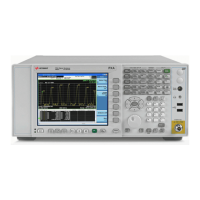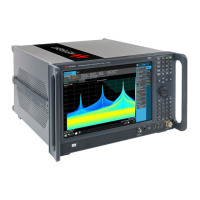Programming Fundamentals
Command Syntax
18
Command Statement Rules Overview
Besides the standard notation of SCPI described above, please
remember the following rules in programming:
• command statements read from left to right
• use either long form or short form of keywords, but do not use
both
• no separating space between the keywords, only use a colon to
separate keywords of different levels
• always separating a keyword from a variable with a space
• always separating a variable from its unit with a space (if
variable has a unit).
Command Example
A typical command is made up of key words set off by colons. The
key words are followed by parameters that can be followed by
optional units.
Example 1 :TRIGger:SEQuence:VIDeo:LEVel 2.5V
The instrument does not distinguish between upper and lower case
letters. In the documentation, upper case letters indicate the short
form of the key word. The upper and lower case letters, together,
indicate the long form of the key word. Either form may be used in
the command.
Example 2 :Trig:Seq:Vid:Lev 2.5V is the same as
:trigger:sequence:video:level 2.5V.
The command :TRIGG:Sequence:Video:Level 2.5V is not valid because
:TRIGG is neither the long, nor the short form of the command.
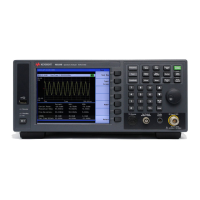
